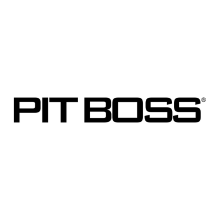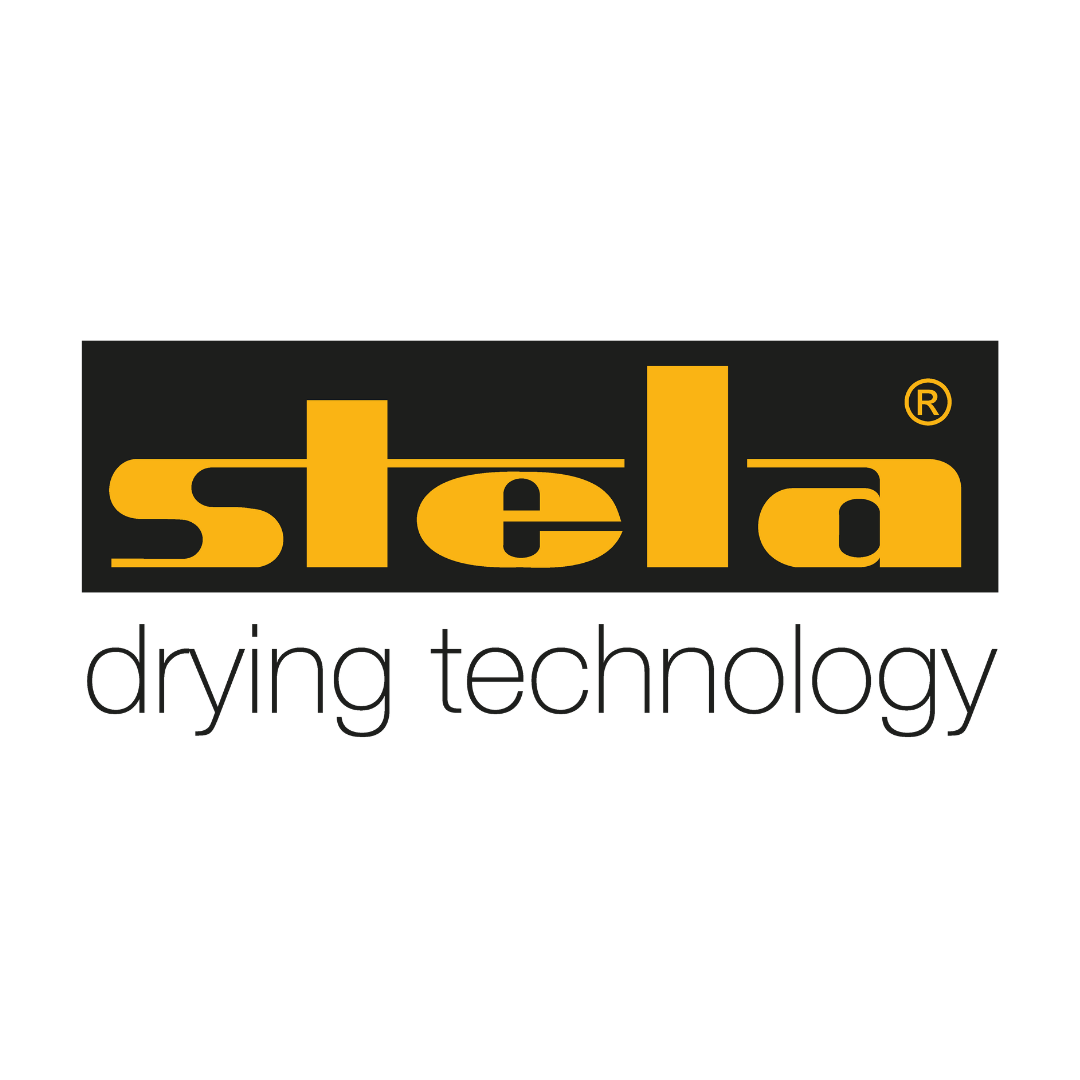What Are Pellets?
Heating with Pellets: Convenient, Affordable, Sustainable Pellet fuel is a renewable, clean-burning and cost-stable home heating alternative currently used throughout North America. It is a biomass product made of renewable substances – generally recycled wood waste. There are approximately 1,000,000 homes in the U.S. using wood pellets for heat, in freestanding stoves, fireplace inserts, furnaces, and boilers. Pellet fuel for heating can also be found in such large-scale environments as schools and prisons. North American pellets are produced in manufacturing facilities in Canada and the United States and are available for purchase at fireplace dealers, nurseries, building supply stores, feed and garden supply stores, and some discount merchandisers. In short, pellet fuel is a way to divert millions of tons of waste from landfills and turn it into energy. What is Biomass Fuel?Cordwood, wood pellets, wood chips, waste paper, along with dozens of other agricultural products and by-products capable of being used for energy, are all examples of biomass fuel. The most compelling principle of biomass is that it is renewable. The remarkable consistency and burn efficiency of pellet fuel produce a fraction of the particulate emissions of raw biomass. Pellet burners feature the lowest particulate matter emissions of all solid fuels burners. Given the proper Sustainable Forest Initiatives and agricultural management, biomass is virtually limitless and has proven to be price stable in comparison with fossil fuels. The majority of North America’s forest is second-growth and requires periodic treatment in order to address forest health and fire mitigation. A tremendous amount of unusable material remains on the forest floor after such treatment. This material is rejected by high-end wood product manufacturers but is a perfect resource for commercial pellet manufacturers. By engineering crops and waste such as cornstalks, straw, and residual forest waste, pellets can utilize millions of tons of waste and put them to work. Many pellet manufacturers take by-products (like a wood waste) and refine them into pencil-sized pellets that are uniform in size, shape, moisture, density and energy content. Why not simply burn raw biomass? First, the moisture content of pellets is substantially lower (4% to 8% water–compared to 20% to 60% for raw biomass). Less moisture means higher BTU value and easier handling especially in freezing situations with green raw biomass materials. Second, the density of pellet fuel is substantially higher than raw biomass (40 lbs. per cubic foot versus 10-25 lbs. per cubic foot in raw material form). More fuel can be transported in a given truck space, and more energy can be stored at your site. Third, pellets are more easily and predictably handled. Their uniform shape and size allow for a smaller and simpler feed system that reduces costs. This high density and uniform shape can be stored in standard silos, transported in rail cars and delivered in truck containers. |

















